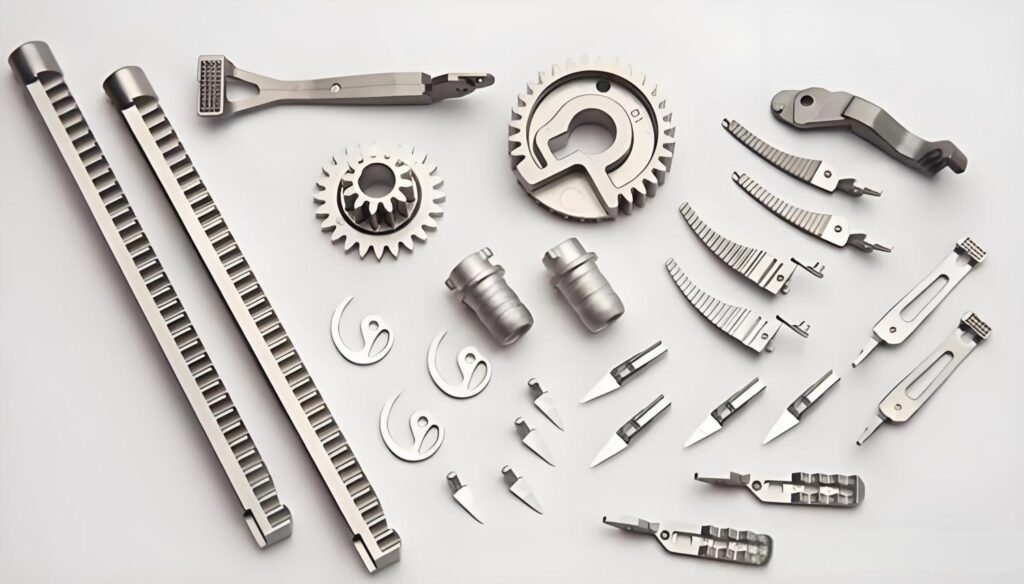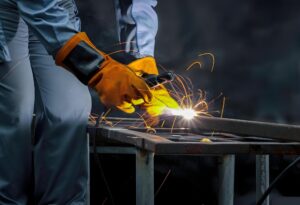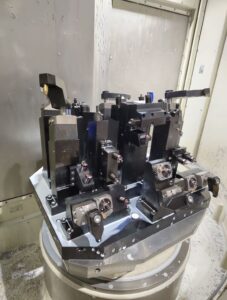Metal injection molding (MIM) is a cutting-edge manufacturing process that merges the flexibility of plastic injection molding with the strength of metal, delivering high-precision components for industries worldwide. This technique excels in crafting small, complex parts with exceptional accuracy, making it a go-to solution for sectors like automotive, medical, aerospace, and consumer electronics. In this comprehensive guide, we explore the intricacies of metal injection molding, its compatible materials, applications, and how it compares to traditional methods, offering insights for businesses seeking innovative manufacturing solutions.
What is Metal Injection Molding?
Metal injection molding is a sophisticated process that transforms fine metal powders into intricate, durable components. By blending metal powders with a polymer binder, we create a moldable feedstock that’s injected into precision molds. After molding, the parts undergo debinding and sintering to remove the binder and fuse the metal, resulting in strong, dense components with complex geometries.
The process starts with selecting metal powders, such as stainless steel or titanium, based on desired properties like strength or corrosion resistance. These powders are mixed with a binder to form a feedstock, which is heated and injected into a mold, similar to plastic injection molding. The resulting “green part” is debound to remove the binder, forming a “brown part,” which is then sintered in a high-temperature furnace to achieve full density. This method allows for tight tolerances and intricate designs, making it ideal for industries requiring precision metal parts.
How the MIM Process Works
To demystify metal injection molding, here’s a step-by-step breakdown:
- Feedstock Creation: Fine metal powders are combined with a binder (typically polymers and waxes) to create a moldable feedstock. This mixture ensures smooth flow during molding.
- Injection Molding: The feedstock is heated and injected into a precision mold under high pressure, shaping it into the desired form, known as the green part.
- Debinding: The green part undergoes thermal, solvent, or catalytic debinding to remove most of the binder, leaving a porous brown part.
- Sintering: The brown part is heated in a furnace at near-melting temperatures, fusing the metal particles and shrinking the part slightly to achieve high density.
- Finishing Touches: Post-sintering, parts may undergo secondary processes like machining, heat treatment, or polishing to meet specific requirements.
This streamlined process enables manufacturers to produce complex parts with minimal waste, offering a cost-effective solution for high-volume production.
Metal Injection Molding vs. Traditional Methods
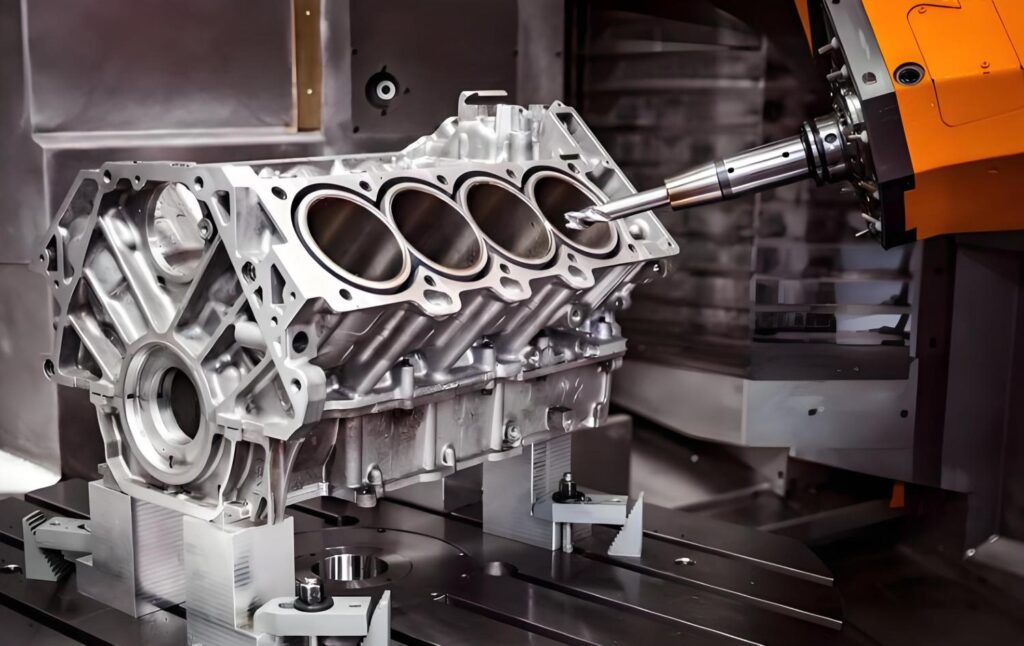
Manufacturers often compare MIM with established methods like CNC machining, die casting, and conventional powder metallurgy. Each technique has advantages depending on production needs.
CNC Machining
- Pros: High precision, good for low-volume runs.
- Cons: Wasteful for complex geometries, higher cost per part.
Die Casting
- Pros: Fast production for large batches, excellent surface finish.
- Cons: Limited to lower-melting-point metals (like aluminum, zinc).
Powder Metallurgy (Conventional)
- Pros: Cost-effective for simple shapes, suitable for porous parts.
- Cons: Cannot achieve complex geometries or high densities like MIM.
Metal Injection Molding
- Pros: Ideal for complex, small, and intricate designs with excellent mechanical strength.
- Cons: Higher tooling costs, less economical for very small production runs.
Compatible Materials of MIM
Metal injection molding supports a diverse range of materials, allowing manufacturers to tailor components to specific applications. From corrosion-resistant alloys to biocompatible metals, MIM’s material versatility is a key strength. Common materials include:
- Stainless Steel: Popular for its durability and corrosion resistance, grades like 316L and 17-4 PH are used in medical devices, automotive parts, and consumer products.
- Titanium: Lightweight and biocompatible, titanium is ideal for aerospace components and medical implants, such as bone screws.
- Tool Steels: Known for high hardness, these are used for cutting tools and industrial components requiring wear resistance.
- Low-Alloy Steels: These offer a cost-effective balance of strength and toughness for automotive and structural applications.
- Nickel-Based Alloys: With superior heat and corrosion resistance, these are used in aerospace and energy sectors for high-performance parts.
- Ceramics: In specialized cases, MIM incorporates ceramics for applications needing thermal resistance or electrical insulation.
This material flexibility enables MIM to meet diverse industry needs, from medical precision to aerospace durability.
Choosing the Right Material
Selecting the appropriate material for MIM involves considering performance, cost, and manufacturability. Fine metal powders are critical, as particle size impacts feedstock flow and part density. Smaller particles enhance surface finish and mechanical properties but may raise costs. The binder system must also be compatible with the metal and easily removable during debinding.
Material Trends in MIM
Recent advancements in MIM materials include the use of high-performance alloys and eco-friendly binders, reflecting the industry’s push toward sustainability and innovation. These trends expand MIM’s applications in emerging fields like renewable energy.
What is MIM Used For?
Metal injection molding is a versatile process with applications across multiple industries, driven by its ability to produce precise, complex parts. Key sectors include:
Medical and Dental Applications
MIM is widely used in the medical field for surgical instruments, orthodontic brackets, and implants like stents and bone screws. Biocompatible materials like titanium and stainless steel ensure compliance with strict medical standards.
Automotive Industry
In automotive manufacturing, MIM produces small, high-strength parts like gears, sensors, and fuel system components. Its precision supports the industry’s demand for lightweight, efficient vehicles.
Aerospace Sector
Aerospace relies on MIM for components like turbine blades, fasteners, and structural parts, where high strength-to-weight ratios are critical. Materials like titanium and nickel-based alloys meet rigorous performance requirements.
Consumer Electronics
MIM crafts intricate components for smartphones, smartwatches, and other devices, such as hinges, connectors, and camera parts. Its ability to deliver smooth surface finishes enhances product aesthetics and functionality.
Industrial and Tooling
MIM produces durable components like cutting tools, nozzles, and pump parts, using tool steels for wear resistance. These parts perform reliably in demanding industrial environments.
Emerging Applications
MIM is gaining traction in fields like renewable energy and robotics, producing components for solar panels and robotic actuators. Its adaptability supports innovation in these growing sectors.
Real-World Examples
For instance, MIM is used to create precise gears for automotive transmissions, ensuring durability and performance. In medical, MIM-produced implants offer biocompatibility and strength, improving patient outcomes.
Advantages & Disadvantages of MIM
Metal injection molding offers unique benefits but also has limitations. Understanding these helps manufacturers make informed decisions.
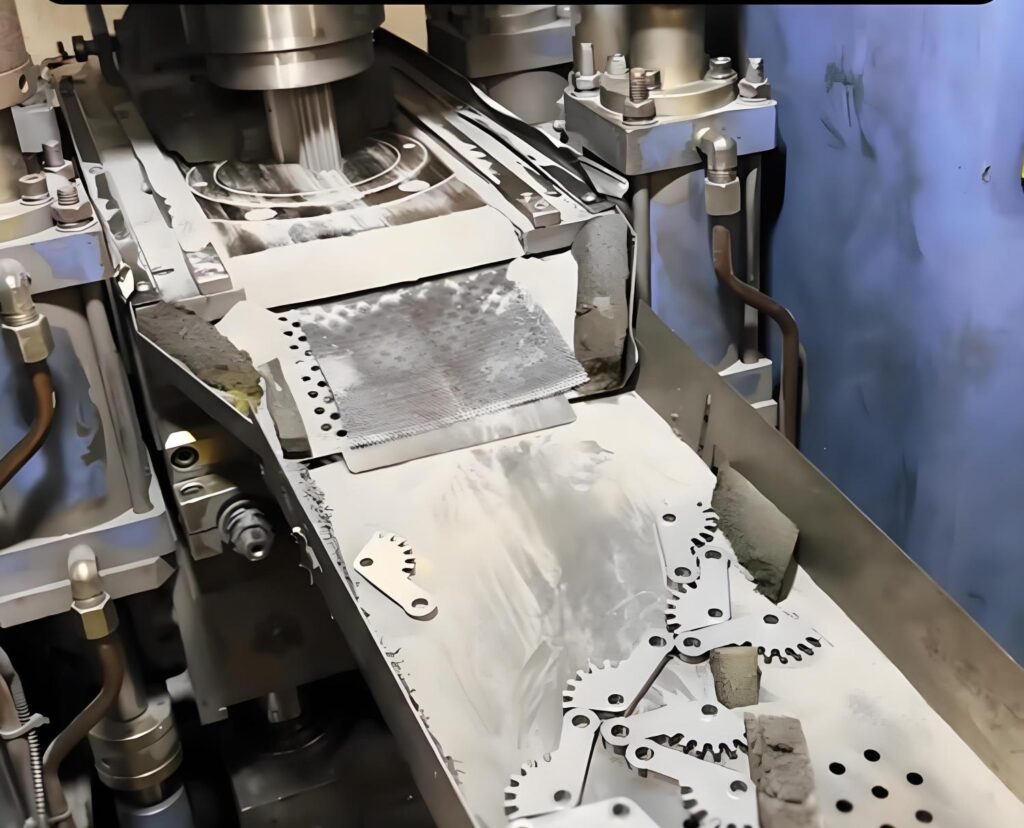
Advantages of MIM
- Intricate Geometries: MIM produces complex shapes unachievable by traditional methods, reducing assembly needs.
- High Precision: Tolerances within ±0.5% ensure accuracy for demanding applications.
- Material Versatility: A wide range of metals and alloys supports diverse industry needs.
- Cost-Effective for Scale: MIM minimizes waste and labor costs in high-volume production.
- Superior Surface Finish: Parts often require minimal post-processing, saving time.
- Consistent Quality: Repeatable processes ensure uniformity across large batches.
Disadvantages of MIM
- High Tooling Costs: Initial mold design can be expensive, less viable for low volumes.
- Size Constraints: MIM is best for parts under 100 grams due to sintering challenges.
- Material Limitations: Only metals available as fine powders can be used.
- Process Complexity: Debinding and sintering require precise control to avoid defects.
By balancing these factors, businesses can determine if MIM suits their production goals. For high-volume, intricate parts, MIM’s benefits often outweigh its challenges.
Future of Metal Injection Molding
With advances in materials science and automation, the future of MIM looks promising. Industries are experimenting with hybrid processes that combine MIM with additive manufacturing, further pushing the boundaries of design and performance. Growing demand in sectors like medical devices, aerospace, and consumer electronics ensures that MIM will remain a key technology for years to come.
Why Choose Precionn
For global manufacturers seeking reliable, high-quality machining and metal part production, Precionn stands as a trusted partner. With expertise in precision manufacturing and a strong commitment to international clients, the company continues to provide innovative solutions that meet the needs of modern industries. Whether it’s exploring advanced techniques like metal injection molding or delivering custom machining services, Precionn ensures consistent quality, efficiency, and customer satisfaction.

